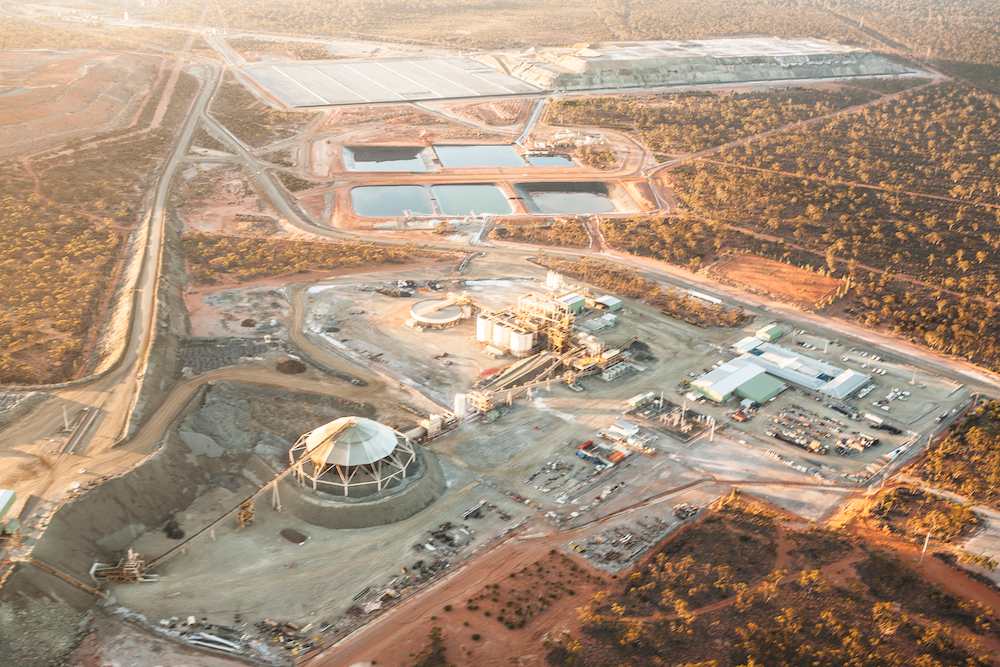
The mining industry is highly dependent on water. Interactions of the mining industry with water resources are highly complex and site-specific, with potential impacts to both hydrology and water quality occurring at all stages of a mine’s life. The water requirements and impacts change significantly throughout all stages of a mines life’s:
A range of water management approaches are employed by the industry to mitigate the risks of adverse water impacts occurring. Mining occurs across the full spectrum of hydrological contents, from the arid regions of central Australia through the tropics and to the sub-arctic conditions of Canada and Finland. The local climate and hydrology dictates infrastructure requirements at mining operations and has a profound influence on the nature of water related risks faced by mines and nearby communities, ecosystems and industry.
Mining is a very water-intensive industry. In mineral processing, slurry transport, dust suppression, fire control, flotation, grinding, screening, dust scrubbing, wash water, pump gland seal water, reagent mixing, cooling of equipment, and to meet the water needs of employees. Mining operations need water to process ore and run camp operations.
The development of a mining operation can significantly alter the natural flows and quality of water in a region. Large scale movement of material and the development of mining voids can result in significant alterations to natural water flow pathways through an area. When mining takes place in areas where water is scarce, mine water consumption can severely impact local supplies.
Infiltration of groundwater into mine voids can significant and so active dewater of aquifers is often required to lower the surrounding groundwater table and reduce infiltration rates. Acid rock drainage, leaks from tailings or waste rock impoundments, or direct disposal of tailings into waterways can additionally contaminate surface and groundwater.
The overall water balance of a mine is either water positive or water negative. A water positive mine site, during accumulates water in dams, ponds and mine voids during periods of high rainfall and low evaporation. On a water negative mine site, evaporation rates are sufficient to prevent water accumulation. A variation in local hydrology results in fluctuation between the two extremes.
The sources of water in mines include atmospheric water, surface water, groundwater (renewable and fossil) and sea water. On the actual mine site, they may be dedicated ponds and dams for storing raw water, recycled process water, seepage containment, evaporation ponds and fire water.
Modern mines often recycle all available water. For example, in Canada, metal mines recycle a higher percentage of water than any other industry. The high rate of water recycling means water consumption depends not on the amount of water required for individual unit operations, but the amount of water lost to permanent water sinks, such as evaporation, seepage or retention in the concentrate or tailings material.
When conservation of water is a concern, mines are increasingly seeking to reduce evaporation rates from water stores using covers, shading, or even floating solar panels. To reduce water losses for dust suppression on the mine roads, the water can be superactivated to make water work. This effort reduces road dust suppression water requirements by over 50%.
According to the Australian Bureau of Statistics (ABS), in 2019-20 the Australian mining sector extracted 1,100 gigalitres of water – 1,100,000,000,000 litres. A mine water truck uses more water in one trip than each of us consumes in a year, just for dust suppression. Consider how much water mines need to source and use on-site annually.
There are major long-term trends within the mining industry, such as increasing mine size, declining ore grades, and increases in overburden and waste material. These trends place upwards pressure on water use requirements and the potential for water quality impacts to occur.
Yes. For example, a CAT 777G water truck carries 76,000 litres of water. A typical household uses around 200 litres of drinking water per person per day based on Lower Hunter Region’s Hunter Water Corporation. That’s 73,000 litres per person annually. A mine water truck uses more water in one trip than each of us consumes in a year for dust suppression.
Water – a precious resource. GRT focuses on these 2 key elements – water quantity and water quality. Saving water through high tech dust control solutions has long been the focus of the company. Use of water alone dust suppresion is not sufficient owing to high surface tension of water on interaction with hydrophobic dust particles. GRT’s products reduce the surface tension of water therefore reducing the water required and improving dust control sustenance compared to water alone. Our commitment to managing water has expanded into the creation of cutting edge technologies to save directly save water and to also improve stored/retained water quality. Along with our dust and erosion control products, GRT’s range of direct water management technologies are focussed on improving and conserving this precious resource.
Your feedback is important to us. If you enjoyed reading this Global Road Technology industry update and found it informative, please let us know by leaving a REVIEW.
Are environmental regulations, health and safety concerns or potential profit loss a concern right now?
Contact Us Now